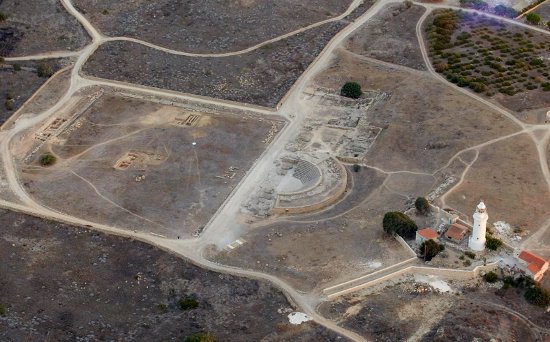- 3
- July
- 2014
- in Latest News
JU pioneers research in archaeology
JU employees are introducing latest research methods in the areas of documenting archaeological sites and non-invasive archaeological research working at the Neo Paphos site in Cyprus. The site has been inscribed on the UNESCO World Heritage List.
According to Łukasz Miszk, a JU Institute of Archaeology employee and the coordinator of the specialist team at the site, latest technologies are crucial in archaeology, since nowadays it is impossible to properly document findings without experts from other fields. Therefore, a team of surveyors from the AGH University of Technology were commissioned to create a Digital Environment Model (DEM), which will become the base for the site's reconstruction. The DEM will provide graphic data to the Geographic Information System (GIS), which will allow for an easy access to all information via one programme and thus greatly facilitate an archaeologist's work.
A state-of-the-art quadracopter drone is being used in the research to provide high resolution photographs of the area from various heights. They possess photogrammetric properties, which means they may be used to create a photographic map. Bird's eye view also often reveals additional information unobtainable from ground level. Moreover, the JU scientists were also the first ones to introduce non-invasive (i.e. non-detrimental) research methods to the site, such as technologies employing electrical impulses and radio waves.
Paphos is one of the most important archaeological sites in Cyprus. Since 2011, a JU research team led by Prof. Ewdoksia Papuci-Władyka conducts its research there as part of the Paphos Agora Project.
Łukasz Miszk is a doctoral student and employee of the JU Chair of Classical Archaeology. He is a
na podstawie naukawpolsce.pap.pl
